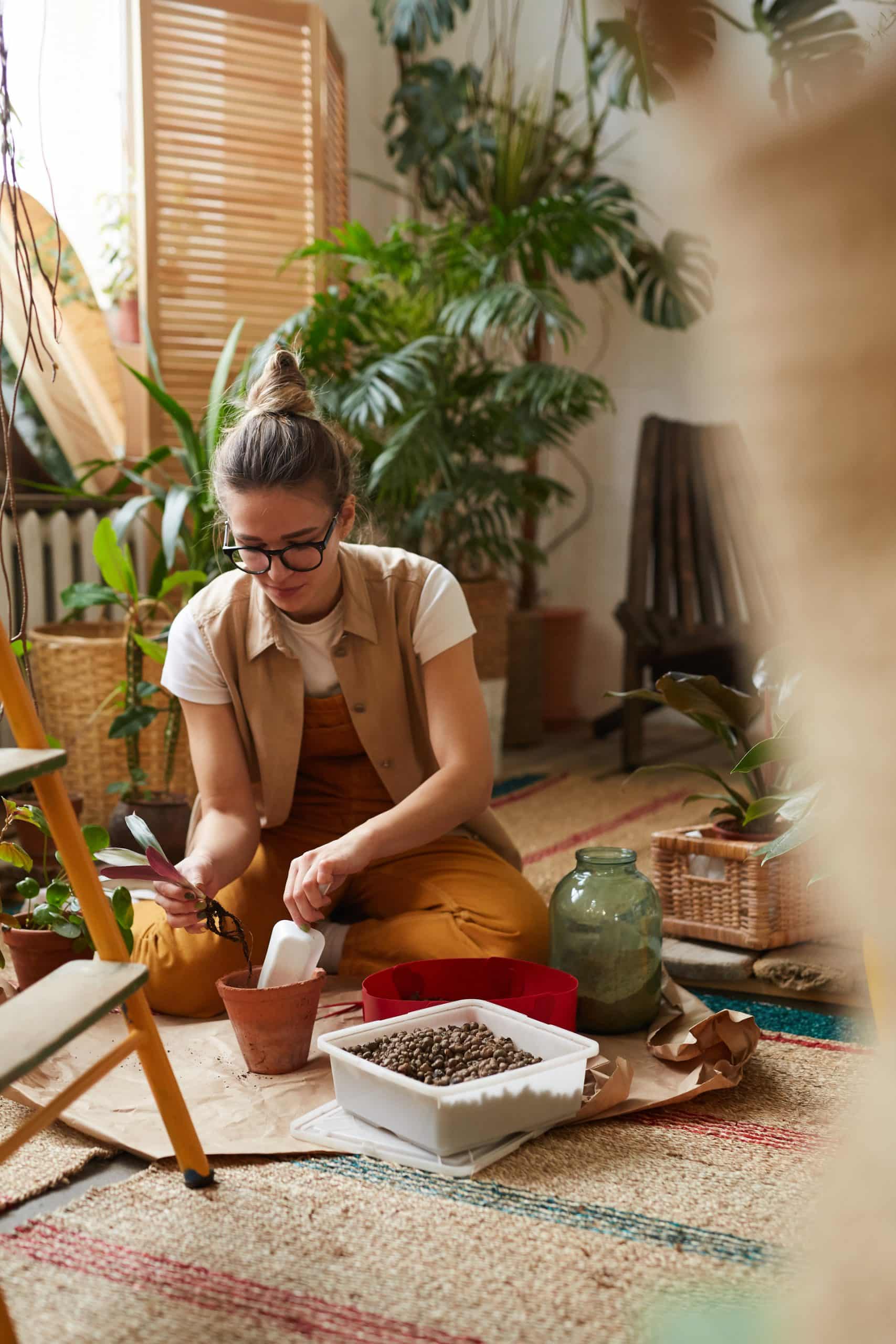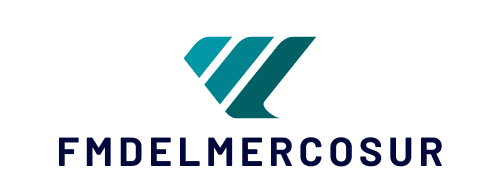What’s the Best Plant Choice for a Low-Maintenance, High-Impact Front Yard?

In a world where everyone’s schedule is jam-packed, finding time to maintain a lush, well-manicured front yard often takes a backseat. But the desire for a beautiful landscape that adds curb appeal to your home, isn’t entirely out of reach. It’s about making smart plant choices. So, what are the best plants for a low-maintenance, high-impact front yard? Let’s delve into the botanical world and uncover the top contenders.
Opting for Drought-Tolerant Plants
When it comes to low-maintenance, drought-tolerant plants are a worthy consideration. These plants are hardy species, capable of thriving in various soil types with minimal water requirements. They do extremely well in areas receiving full sun, requiring less attention than your average flower garden.
En parallèle : How to Build an Antique-Inspired Vanity from Reclaimed Wood?
One of such resilient plant is the Agave. Agave plants are a great addition to any front yard. They add a distinct architectural element to the landscape with their rosette shape and spiky leaves. They are incredibly drought-tolerant, and once established, require little to no water.
Lavender is another drought-tolerant plant that offers more than just water efficiency. It provides a delightful fragrance and stunning purple flowers that can add a pop of color to your front yard.
Dans le meme genre : How to Create an Elegant, Multi-Functional Home Office in a Dining Room Nook?
Choosing Native Plants for Your Front Yard
Opting for native plants can also significantly reduce garden maintenance. This is because native plants have adapted to the local climate and soil conditions where they naturally occur. It means they will thrive with less pampering. Besides, they are more resistant to local pests and diseases, reducing the need for chemical interventions.
For example, if you reside in the Pacific Northwest, consider the Western Sword Fern. This evergreen perennial is well adapted to the cool, damp conditions of this region. It’s a versatile plant that can thrive in both shaded and sunny areas.
And don’t overlook the benefits of native flowers. They add vibrancy to your yard while attracting beneficial insects and birds. A native flower example is the California Poppy, a hardy plant with bright orange flowers that require little water and care once established.
Incorporating Low Maintenance Grasses
When discussing ideas for a low maintenance front yard, one can’t ignore grasses. Grasses can fill in areas of your landscape, providing texture, color, and even movement when the wind blows.
Ornamental grasses, such as Blue Fescue or Feather Reed Grass, are an excellent choice when it comes to low maintenance landscaping. These grasses are perennial, meaning they come back year after year, and require minimal upkeep aside from an annual trim.
Consider replacing traditional lawn grasses with low-grow ground cover varieties. These grasses, such as Creeping Thyme or Clover, require less mowing and watering than conventional lawn grasses, yet still provide a lush, green carpet for your yard.
Utilizing Perennials for Continuous Color
Perennials are plants that live for more than two years, growing and flowering over the spring and summer, dying back in the fall and winter, and then returning in the spring from their rootstock. This characteristic makes them a cost-effective and low-maintenance choice for your front yard.
Black-Eyed Susan is one such perennial, characterized by its bright yellow petals and dark brown centers. It’s not just a pretty face, though; this flower is highly resilient and requires minimal care.
Coneflowers are another great perennial choice. Available in a variety of colors from white and yellow to pink and red, these flowers are drought-resistant and attract pollinators.
Strategic Planting for Easy Maintenance
An efficient way to create a low maintenance front yard is through strategic planting. Group plants with similar water, sun, and soil needs together. This principle, known as hydrozoning, can save you a lot of time and effort. It ensures each plant in a specific zone receives the right amount of sun and water it requires, eliminating the need for constant attention.
Groundcover plants can also reduce maintenance by suppressing weeds and reducing the need for mulch. Examples include the Golden Creeping Jenny, which forms a dense mat of small, round golden leaves, or the Sweet Woodruff, a shade-loving plant with delicate white flowers in the spring.
Remember, creating a low-maintenance front yard doesn’t mean you have to compromise on aesthetics. By choosing the right plants, you can minimize effort and maximize impact. After all, the key to a stunning front yard is about working with nature, not against it. By using plants well-suited to your local climate and soil conditions, your front yard will not only be easier to maintain but also more sustainable in the long run.
Embracing Artificial Grass for a Perfect Green Look All Year Round
For a low-maintenance, high-impact front yard, consider the use of artificial grass. Unlike natural grass, artificial grass doesn’t need constant watering, mowing, or fertilizing. It stays perfectly green and neatly trimmed all year round, regardless of weather conditions.
Artificial grass is surprisingly realistic these days, with many premium brands offering a range of textures and hues that mimic the look of real grass. It’s also durable and long-lasting, with most types able to withstand heavy foot traffic and playful pets.
Additionally, artificial grass is a practical solution for areas in your yard where real grass struggles to grow. Whether it’s a shaded spot under a tree or a section of your yard with poor, poorly drained soil, artificial grass can provide a uniform, eye-catching green surface.
Not only does artificial grass save you time on maintenance, but it also saves you money in the long run. The costs of watering, fertilizing, and maintaining a natural lawn can add up over the years. In contrast, once artificial grass is installed, it requires minimal upkeep, making it an economical and eco-friendly choice for your front yard.
Introducing Hardscaping Elements for an Interesting Yard
Another excellent idea for a low-maintenance front yard is to incorporate hardscaping into your design. Hardscaping refers to the non-living elements of a landscape, such as walkways, patios, retaining walls, and benches. These components can add texture, depth, and interest to your yard, creating a balance between the soft, organic shapes of plants and the hard, geometric lines of hardscape elements.
When it comes to hardscaping, think creatively. A winding stone path can guide visitors from the sidewalk to your front door, adding visual interest and enhancing the curb appeal of your home. A small patio with a bench can provide a place to relax and enjoy your yard. Retaining walls can create raised flower beds, offering an opportunity to introduce layers and height into your landscape.
One of the main advantages of hardscaping is its durability. Hardscaping elements are built to last, requiring little to no maintenance. So, while the initial investment may be higher than planting a new bed of flowers, the return on investment in terms of time and effort saved makes it worthwhile.
Conclusion: The Art of Crafting a Low-Maintenance, High-Impact Front Yard
Creating a low-maintenance, high-impact front yard is more than just choosing the right plants. It also involves strategic planning and smart design choices. Whether you opt for drought-tolerant species, native plants, low-maintenance grasses, perennials, or artificial grass, remember to group plants with similar needs together for efficient watering and sun exposure.
Incorporate hardscaping elements for added interest and a touch of sophistication. Embrace the beauty of your local flora, and don’t shy away from introducing non-traditional elements like artificial grass. Your front yard is a canvas waiting to be painted with the vibrant colors and interesting textures of the botanical world.
Remember, the goal is to create a space that reflects your personal style and complements your home, while requiring minimal maintenance. With careful planning and the right plant and design choices, you can craft a front yard that’s not just easy on the eyes, but also easy on your schedule. And when your front yard landscaping gracefully combines beauty and practicality, you’ve truly mastered the art of low-maintenance, high-impact landscaping.
